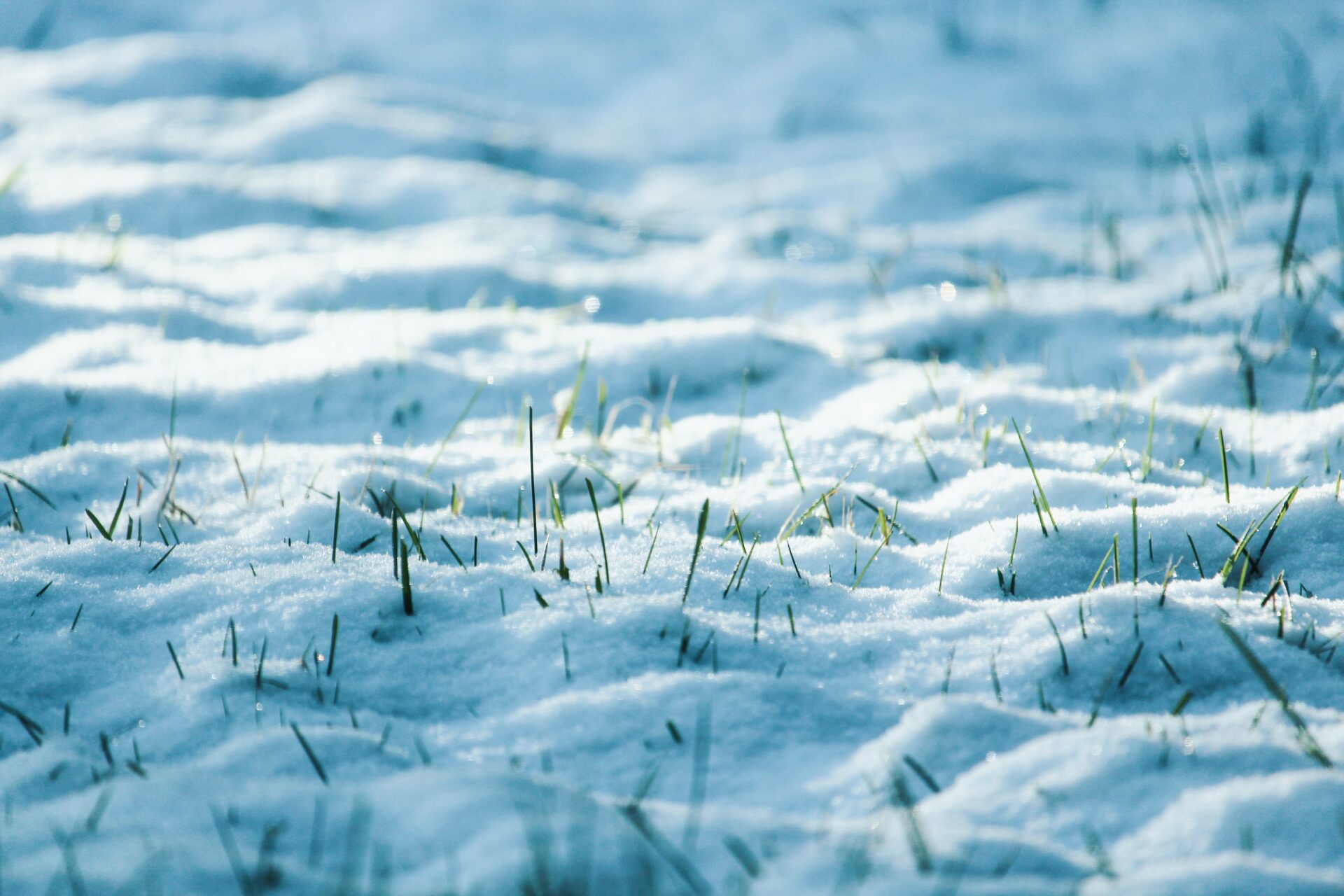Most people know winter to be the time for hibernating plants. As leaves start falling off the trees with disappearing bloom, you might think it’s great to relax with a landscaping routine.
The truth is if you wish to have a great lawn in the summer and spring, it must begin in winter.
Grass typically turns into a dormant state, meaning it is not in growth mode. It does not mean you can’t lay the grass seeds down to get a good head start in the spring season.
Dormant seeding is the act of laying down lawn seeds in winter months. Planting grass seed in winter is generally considered the best between freezing and snowy weather, but it also depends on your region.
The seeds are not active throughout the winter, but the dormant seeding also serves a vital purpose. Also, you can target specific areas of the lawn that seem to deal with such problems.
For example, when you notice an area of the yard that appears to struggle to grow, you might want some plant seeds in the winter to grow in the spring.
You can look up the following information if the dormant seeding concept is new or if you’re thinking about why it can be beneficial.
Further, we’ll know the main reasons for dormant seeding and their benefits for the lawn.
Seeds Settle Well For Spring Season
The best benefit of practicing dormant seeding in the winter is providing time for settling the grass. It means they are there in place over the cold season until they become fit for germinating in the spring season.
Generally, the ground is drier in winter months. It forms cracks and crevices for settling grass seeds. In that way, you know that the seeds won’t blow and will be in their place until they grow in the spring.
Fix Things You Missed In Fall Season
Another perfect season to plant grass seeds is fall, but due to the busyness and dealing with other problems, there is a vast scope for procrastination.
That is another benefit of planting grass seed in winter. After sowing grass seeds in hand in the cold season, you can ensure proper care of the lawn areas you missed in the fall season.
Nothing is worse than the bare spot in the middle of the yard. The good thing is that dormant seeding offers landscapers an opportunity to fix things before spring.
Target Certain Yard Areas Well
Grounding seeds in winter allows you to target certain lawn areas. New grass also needs sunlight for the best germination, even using varieties of seeds.
Dormant seeding after the fall season increases the sunlight amount in germination.
Plant With Less Water
It is perhaps another great benefit to practicing winter seeding on the lawn, as you’ll water your lawn much less this season.
When the weather begins warming up, you release all trapped moisture in the soil. It provides all new grass seeds and the current grass with better opportunities to grow well in the spring.
When you wait to lay grass seeds in the spring, you will need to wait for the rainy season before you begin noticing the outcome.
Conclusion
There is sufficient research on dormant seeding, showing that it produces grass plants up to 15 days before spring seeding.
If you sow in the winter, the soil is pliable and dry, and sowing the seeds is simple. Also, the seeded lawn doesn’t need water until spring, and mother nature takes care of the rest.
In cold weather, after dormant winter seeding, you’ll give your lawn a good start till springtime.
In addition, you will not get too much weed, and grass plants will take more time to develop hardiness and vigour before the harsh summer months are at bay, making them capable of tolerating the summer stress.
You can address the yard areas showing issues and put yourself in a position for future landscaping success.
Thus, it is a simple process that rewards you with a greener and fuller yard in the summer months.
